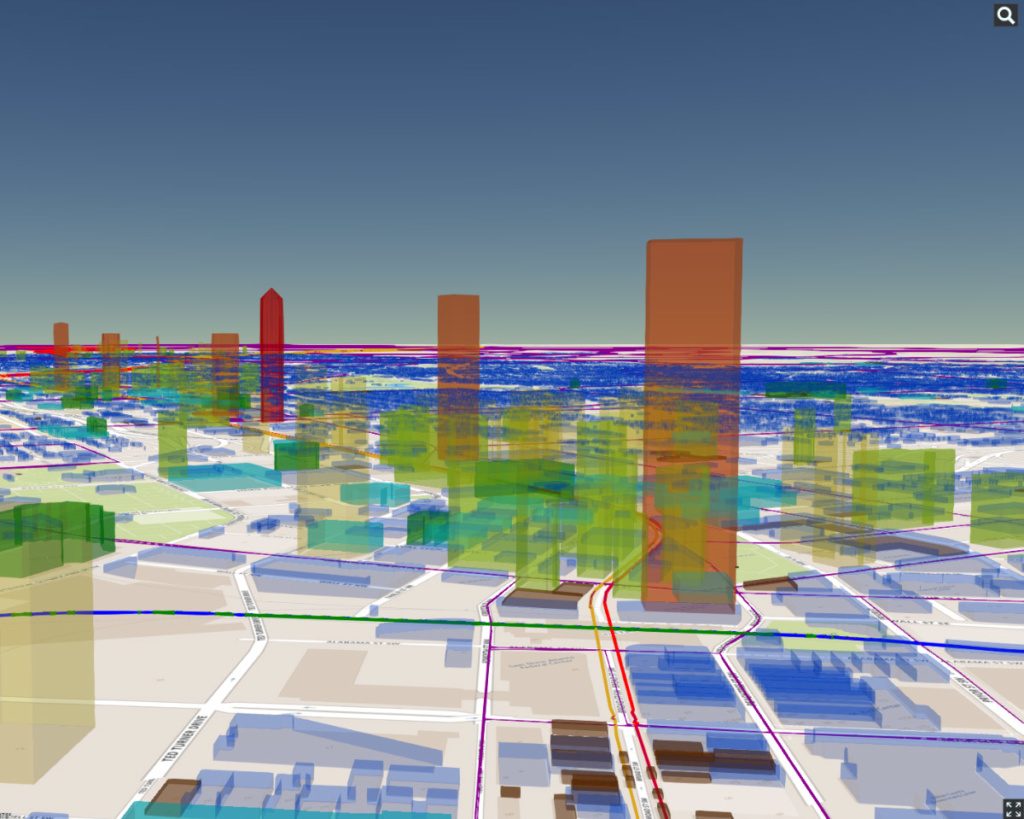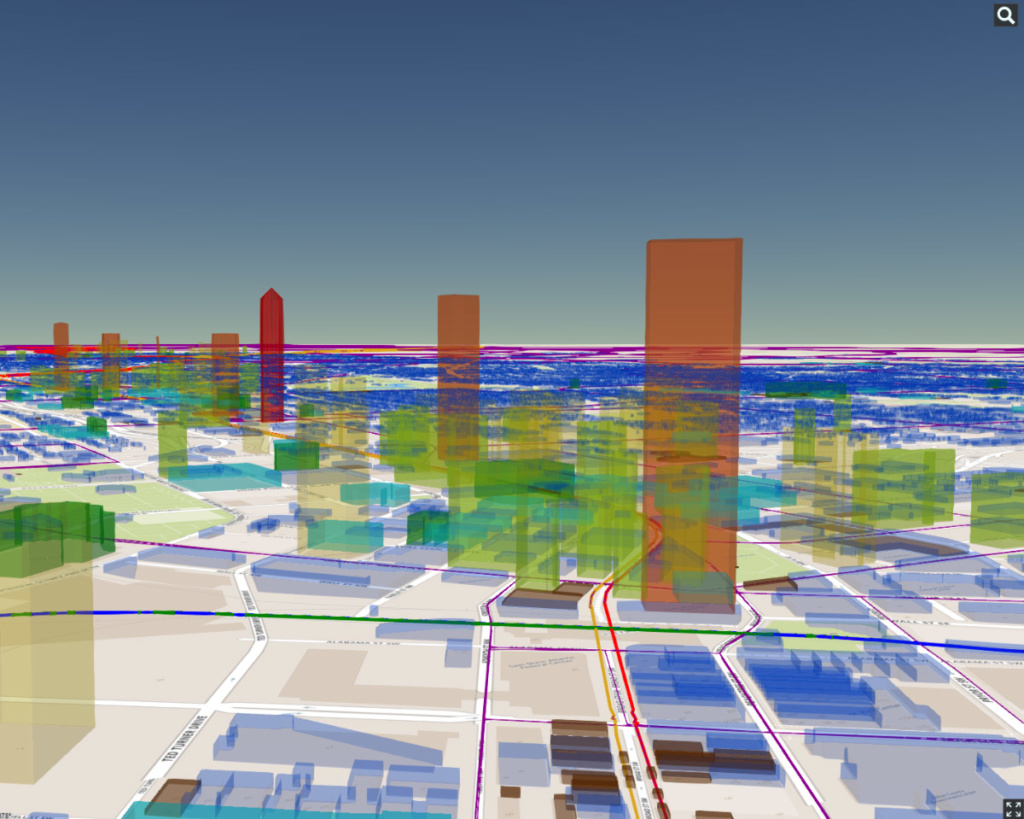
When examining technology transforming the AEC industry, Dennis Shelden emerges as a thought leader. He is an expert in applying digital technology to building design, construction, and operations, with experience spanning across research, technology, and development, and professional practice, including multiple architecture, building engineering and computing disciplines. He was director of R&D and led the development of Frank Gehry’s digital practice from 1997-2002, eventually co-founding Gehry Technologies.
Shelden has lectured and written widely on topics concerning computational applications to architecture. He currently directs the Digital Building Laboratory (DBL) at the Georgia Institute of Technology. AN Special Projects Director Marty Wood sat down with Shelden to learn more.
The Architect’s Newspaper: Can you talk about the DBL and the new directions you are pursuing given the trends in emergent technology and software tools?
Dennis Shelden: The DBL has always been an academic institution oriented toward industry advancement through applications of technology. We’ve pursued that ambition through three mechanisms. First, the DBL serves to create a community among professional firms, technology companies, and academic programs across Georgia Tech. We are at our most effective when we can be a bridge among these three constituencies through “active education and research”—connecting research faculty and students to real-world projects and enlisting emerging technologies in new ways.
Second, the lab has a research mission of its own. Under my predecessor Professor Chuck Eastman, the DBL has become an important source of innovation and leadership in design computing, specifically in BIM, collaborative processes, open information exchange, and interoperability. Third, we are focused on building the next generation of technical leaders in architecture and construction, through educational curricula at all levels of the architecture and building construction programs at Georgia Tech.
I believe that these three functions and our historical areas of research set us up to tackle some of the emerging trends in technology for the built environment. BIM data is finally moving to the web and the cloud, which will create a host of new opportunities connecting to and making use of this data. Some of these possibilities include connections to real-time data from building systems, Internet of Things, and connected mobile and social networks. We are also seeing a convergence between building level and city level information, where you manage and interact with large-scale built environment data that scales down to the individual room, fixture, or device.

How is the business of AEC technology changing, and is there a role for academia in building out these new directions?
The nature of technology development is definitely changing. In the 20th century, it required very large companies with many different functions to be able to develop and sell a software product. The technology product business was completely different than professional consulting services. But today the barriers to “industrializing” technology to the point where it can be consumed by others are much lower, since there is so much infrastructure out there that can be leveraged, and the web makes marketing and distribution so much easier to scale. Professional practice is changing, too, and we’re seeing firms that are exploring new ways of capitalizing on the innovations they create. More firms are creating open source software, developing plug-ins, or creating spin-offs to either offer new specialized services or pursue product innovations.
At the same time, the AEC world needs open platforms for these innovations to be built on and connect to. Some of these are offered by software companies’ plug-in and app development platforms, but the world really needs open standards and communications capabilities based on modern web paradigms that can bridge across AEC disciplines. I believe that academia and government have important roles to play in building these open industry platforms.
Being connected through the cloud is one thing, but is this just about better design tools?
There is a lot of emerging discussion of cyber-physical systems and the idea of the digital twin. The idea of the digital twin is essentially that BIM will become part of the post-occupancy delivered building and “run in parallel” to the building systems and experienced environment. We’ve historically focused a lot on the technologies for designing and delivering buildings, but the possibilities for these technologies to create a continuum of information is potentially a huge opportunity for the industry. We also see a lot of interest from the tech industry starting to come into the AEC industry precisely because it sees the built environment as the next platform for interaction with technology.

Are these things you practice internally?
University campuses are small, contained cities with all the necessary functions from design and construction to the daily delivery services under one umbrella. So if we get this right for Georgia Tech, then we have a model for delivering built environment technology innovation that we can scale to the broader industry. Again, I think the open platforms for industry innovation will be built by academia and nonprofit enterprises to start.
There must be examples of industry, in terms of interoperable standards, that get shared and not privatized. Novel delivery systems can give you a competitive advantage.
Think about what it took for government, academia, and industry working together to create the internet. I think that’s a model for what AEC needs to do now. The next layer of what AEC needs to make that kind of value creation a possibility for all the stakeholders still has to be built. That’s kind of the nucleus, that kind of vision of a possible industry state, that we are trying to help build out in the next phase of the DBL.
